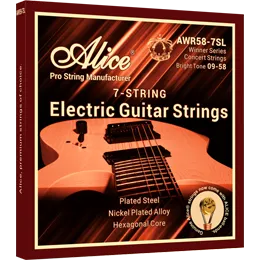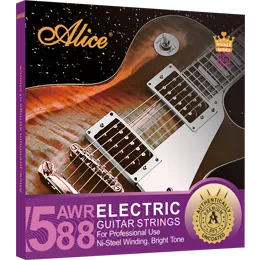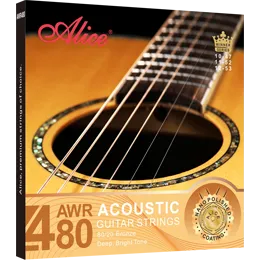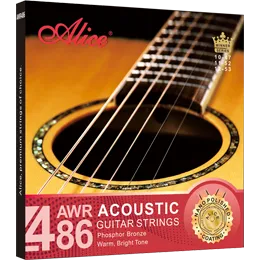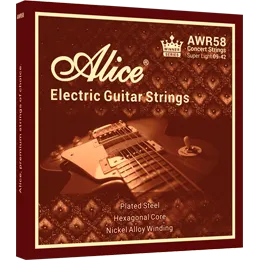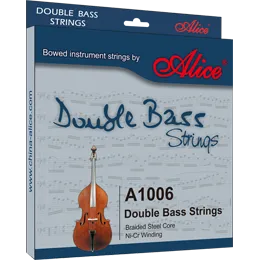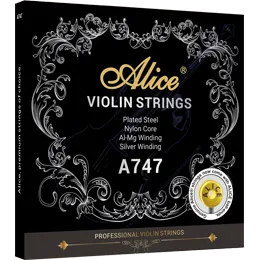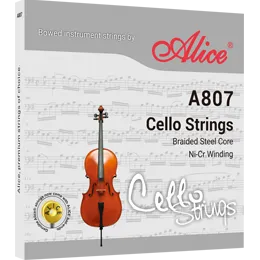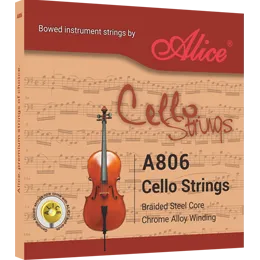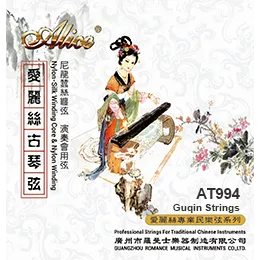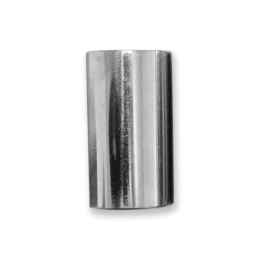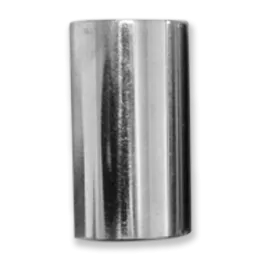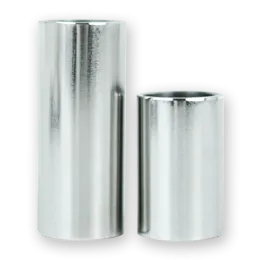6 vs. 12-string Acoustic: What’s the difference?
Have you ever heard the same keys played on acoustic guitars but sound different? One might sound like two guitarists playing in sweet unison, while the other sounds like a solo melody.
Chances are that you heard the duplicate keys from two different acoustic guitars. We often hear acoustic guitars and generalize it to the single wooden box used by country singers, but acoustic guitars vary. For educational purposes, we are covering the 6-string and the 12-string acoustic guitar from two aspects: what makes them stand out? How are they similar? And which guitar is the right choice for you?
The creation and makeup of acoustic guitars are one of the reasons why similar acoustic guitars can produce different sound effects.
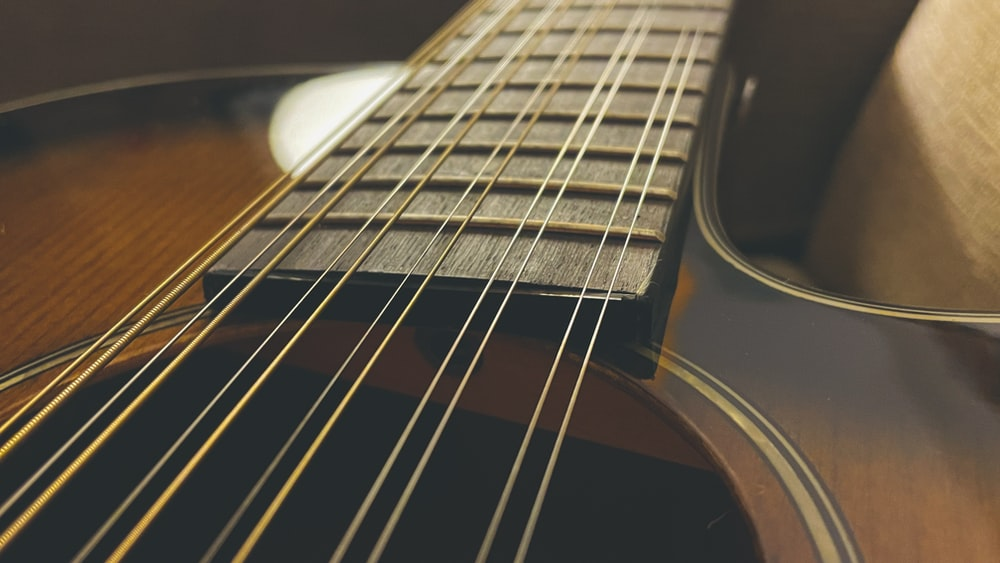
What Is a 12-String Acoustic Guitar?
The 12-string acoustic guitar usually reminds us of the tracks of Johnny Cash, Peter Buck, and Jimmy Page from Led Zeppelin.
A 12-string acoustic guitar is a long-necked variation of the traditional 6-string acoustic guitar. It has 12 strings along the headstock and is primarily used in folk music, bluegrass, country, and rockabilly. Its length is around 50% longer than the traditional six-string acoustic.
The most common range for the 12-string is the low to medium coverage. The sound a 12-string acoustic produces is often more mellow than the sound from a traditional six-string guitar. The louder sound can be attributed to the fact that each string has an additional fret, which allows for greater variety in those notes played by the guitarist.
The sound quality produced by a 12-string acoustic can vary greatly depending on the player's skill. Along with its distinct sound, the 12-string also has a reputation for being difficult to play.
How to String a 12-String Acoustic Guitar?
Stringing a 12-string acoustic guitar is not much different than stringing a 6-string guitar, but you should always remember the following things:
1. The strings are thicker and heavier than 6s, so they need to be wound with 2 or 3 times the tension. (In other words, if you use regular light gauge strings on your 12, it will feel tight when you first start playing.) If you have lighter gauge strings on your 6-string, you can go 1/2 the extra tension from your standard set.
2. The neck of the guitar is wider than that of a 6-string--it's about 1/4 inch wider at the nut. To compensate for this extra width, it's best to use longer scale length strings for this instrument (like 0.010 x .010 or .011 x .011). This makes it easier to transition between frets since not as much pressure is required to move from one fret to another.
· You begin by reading the string packaging correctly because each comes with a naming convention that lets you know where each string belongs. And if there is no distinction, look at the numbers on each string. The higher the number, the thicker the string.
· Take the low E string and hold the ball end against the bridge pin to create a tiny bend in the string.
· From there, take the ball end of the string and place it in the hole where the E string belongs.
· Press in the bridge pin to secure the string. Repeat the process for the other strings.
· Pass all the strings through the holes in the tuning posts.
· Pull the strings tight and ensure that they are secure in the proper nut slots.
· Wind all the strings around the posts in the correct direction and without slipping.
· Once it is secure, clip the tail ends and tune the strings to produce the sounds you want.

How to Play A 12-String Acoustic Guitar?
Fretting
Playing a 12-string acoustic guitar by fretting is a bit more complicated than playing a 6 or 8-string. You must know where to put your fingers and move them around the frets.
First, take your pick and hold it at the bottom of the string. Then, place your index finger on one of the lower strings. Your middle finger should be on the top of that strummed note, while your ring finger should be just above it. Finally, place your pinky on the exact string as your index finger.
Now start plucking these strings with your fingers in this order:
Index finger: Middle finger: Ring finger: Pinky
You can also use the same fingering for all four strings if you want to play chords or have an easier time playing those high notes!
Picking
Picking is one of the most common techniques for playing an acoustic guitar. You don't need much experience to start picking, but you should understand what you're doing before you start.
When playing a 12-string acoustic guitar, it's important to remember that it has six strings in front and three behind. That means that if you're playing an open string, there will be two other strings on your left and right side that are not being played. This can make it difficult at first, but once you get used to it, it will become second nature.
The best way to pick a 12-string acoustic guitar is with your thumb on the bass strings and your fingers on the treble strings. As you play each note, you should use a combination of downward strokes with your thumb and upward strokes with your fingers. This will help create a pleasant sound from all six strings at once.
Alice’s AW4212 12-String Acoustic Guitar Strings
Stringing and playing the 12-string acoustic guitar might be a little trickier than the traditional 6-string acoustic guitar, but you cannot deny the effect of the sound of the 12-string. If you want to show off your guitar skills and add a unique sound to your guitar playing, try out a 12-string acoustic guitar. Suppliers like Alice make it easy to begin your acoustic journey with their 12-string acoustic guitar strings with high carbon steel strings coated in Nano polish. The AW4212 12-string acoustic guitar strings are made of high-quality bronze winding, featuring a bright, full, and harmonious tone.
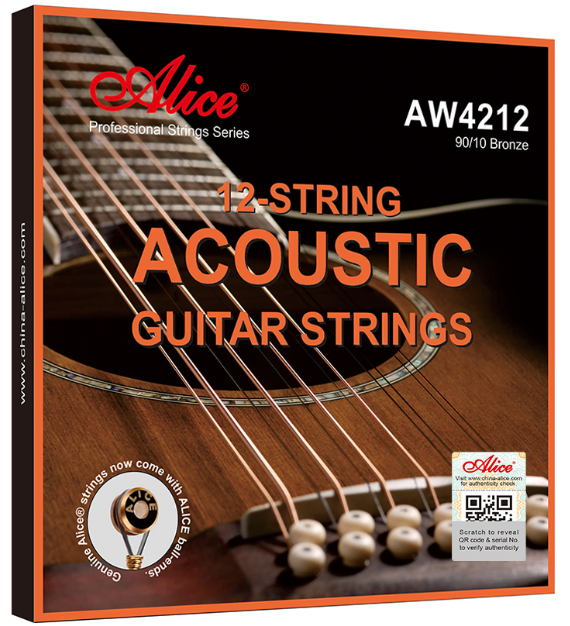
Conclusion
The vast majority of traditional instruments have a distinct tonality. For example, in the acoustic guitar case, a 6-string is crisper, whereas a 12-string has a deeper and richer sound than its smaller sibling. But a guitar cannot create sound if the strings are cut. This is why we always encourage guitar players to buy quality over affordable or, in the case of Alice, choose both. Alice is a reputable name for strings of various instruments, including the 12-string acoustic guitar. You could settle on subpar strings for your guitar or choose excellence with Alice. Visit our website to check out more of our product catalog.
Relate News


Phosphor Bronze Strings vs. 80/20 Bronze Strings: Which Should You Choose?
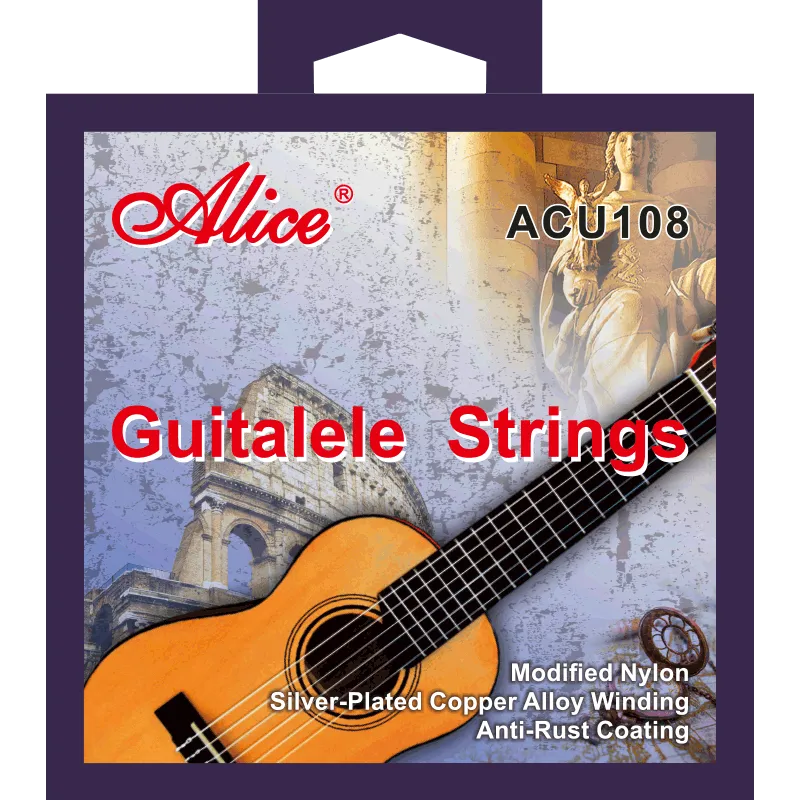
What is the Difference Between Guitar Strings and Guitalele Strings?
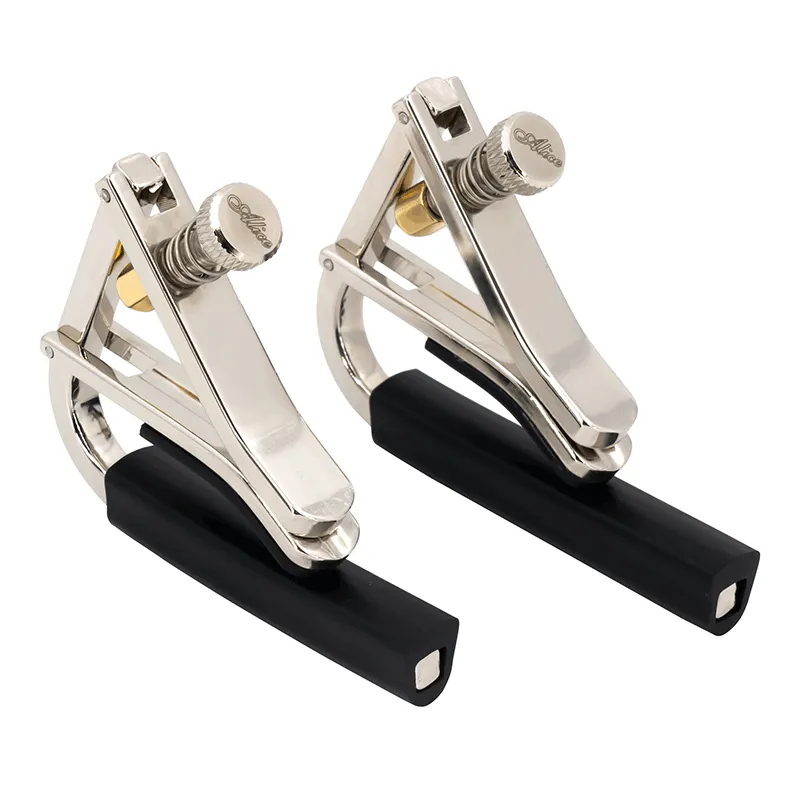
What Is a Guitar Capo Used For?

How to Choose the Right Guitar String Gauge: Light, Medium, or Heavy?

What Strings Are Best for an Acoustic Guitar?

Electric Guitar Strings vs Acoustic Guitar Strings Difference, and Can Swap Them?
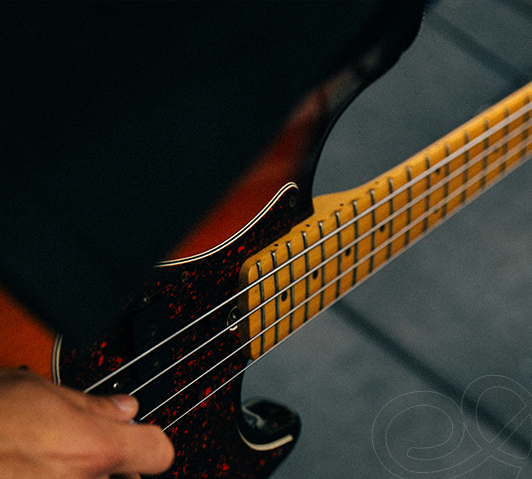
Guitar String Guide: Top Picks for Electric, Acoustic, and Classical Guitars

Alicestrings Guitar Strings Collection 2023
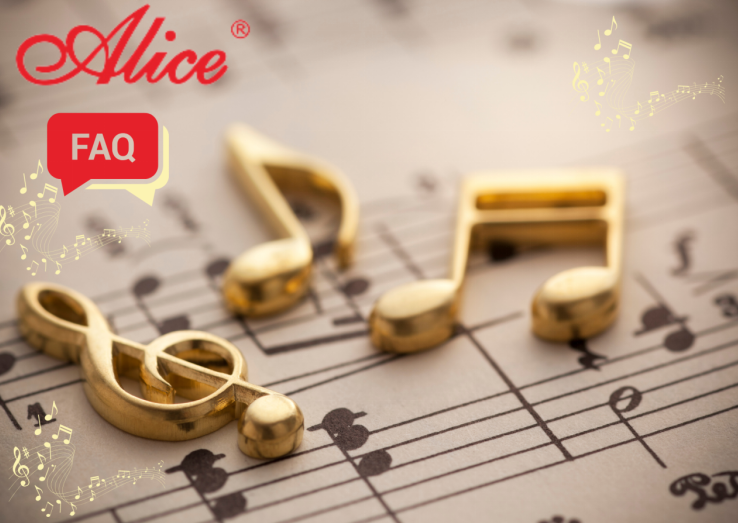
Alice String Set FAQs: All about Guitar/Oud/Bowed Instruments

[Guide] How to Properly Tune a Cello



